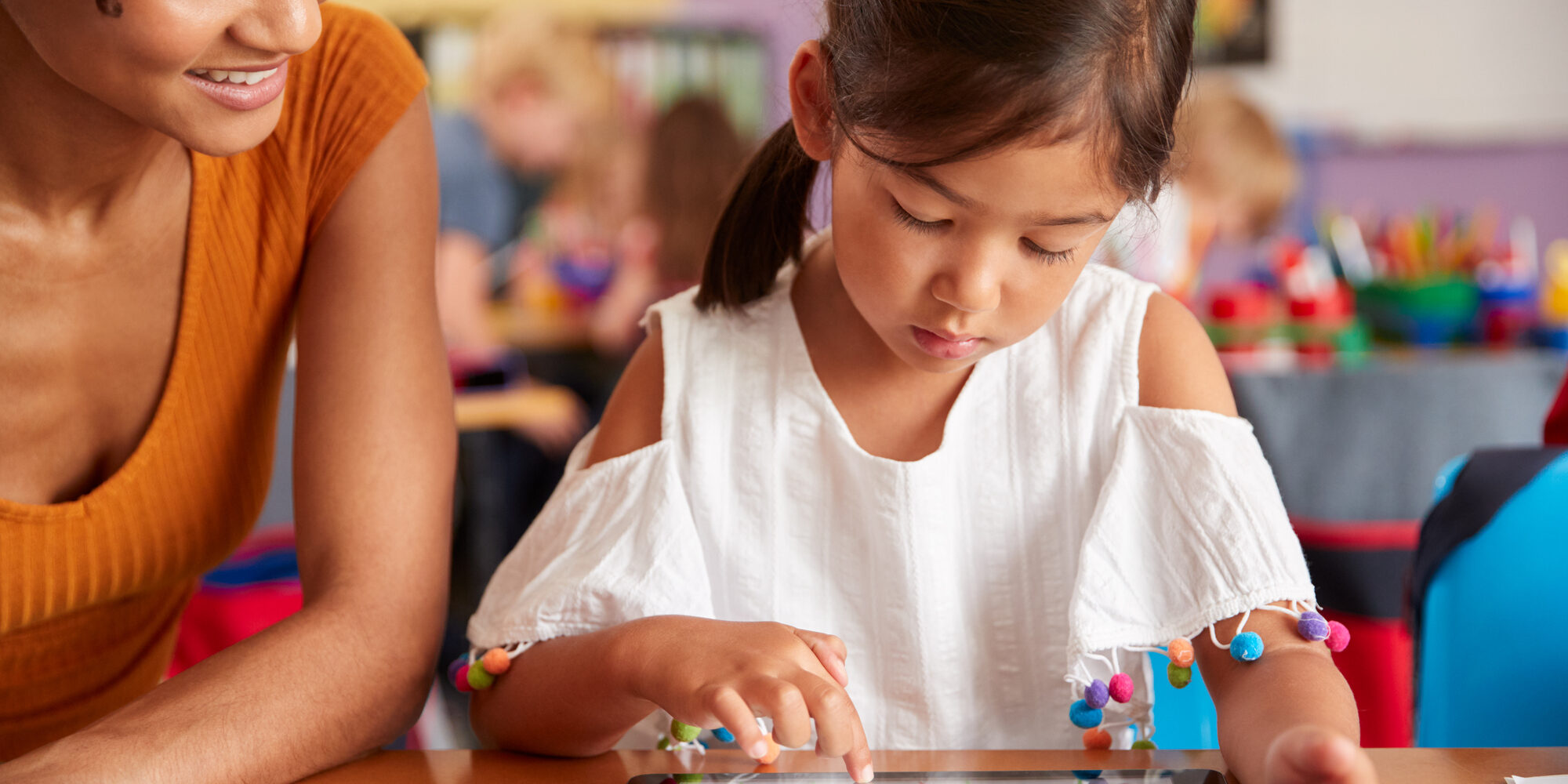You may be considering putting your child into a Montessori kindergarten program or taking them out of one they are already enrolled in. There are many advantages to putting your child into a public or charter school, while the benefits of a Montessori education may be less obvious upon first glance. That is why we are going to discuss some of the reasons why Montessori kindergarten is an excellent option for many parents and their developing children.
How Montessori Kindergarten Works
Montessori methods are applicable throughout childhood, right from the beginning. So, even at toddler level, many Montessori schools are already introducing valuable lessons. When a child enters Montessori schools in Philadelphia or anywhere else at the kindergarten age, they are still considered to be in the “early childhood” developmental stage.
As with all levels of a Montessori education, children are encouraged by their teachers to explore and utilize the tools at their disposal to move along at their own pace. The classroom will be prepared to teach the students independence, confidence, and critical thinking.
1. Self-Selected Work
The unique concept of self-selected and self-correcting work are the highlight of Montessori kindergarten. Within dedicated periods of work, students move through increasingly challenging tasks. Teachers observe the students, waiting to see if the students have difficulties with their tasks, and will assist the child and maintain the prepared environment as needed. After careful observation, teachers may invite children to participate in academic work targeted toward their own individual interests and achievements. Work is always available at the next most difficult level, and there is no ceiling to the level of work offered. This way, kindergarten-aged students can reach their fullest potential.
The independent work blocks are important in teaching students of a kindergarten age how to preserve joy in learning and also fine-tune their executive functioning skills.
2. Multi-Age Classroom
Something that is without a doubt “Montessori” would be the multi-age classroom. Instead of having children all at the same age, the Montessori classroom embraces the idea that students between 3-6 years old, from all kinds of cultures and families, can work together. Older students are also given a chance to be leaders and innovators among their peers. Younger students can look up to the older ones, and become interested in more challenging work by watching their classmates working.
View this post on Instagram
3. Prepared Environment
One of the things you will hear constantly about Montessori schools is that the classroom is a “prepared environment” stocked up with Montessori materials. In other words, children are placed within a space that is meant to increase their self-reliance, confidence, and resourcefulness through carefully prepared, hands-on learning experiences. The Montessori materials, also known as manipulatives, help the students through tasks. Those materials are displayed around the room then get returned to their proper place, teaching organizational skills and responsibility.
As children move through kindergarten, they will use increasingly complex and abstract materials that require greater skills for mastery.
4. Cognitive
Children within a Montessori kindergarten have great cognitive development. They gain language skills—writing, reading, speaking, and listening—as well as mathematics, cultural studies, geography, and science. Students use the tools given to them to learn complex problem-solving skills. Montessori materials also teach the principles of physical sciences. Music, art, food, and natural studies are also incorporated into the curriculum.
5. Physical
Dexterity and spatial awareness are enhanced in the Montessori classroom. Navigating the space, using manipulatives, and showing consideration for others gives kindergarten students a unique chance to perform physical tasks with ease. In the Montessori classroom, children use things like paintbrushes and eating utensils to refine fine motor skills.
Also, they get to interact with their environment, so they can learn how certain materials function in the real world. Carrying a heavy pitcher of water around a busy classroom is one example of how physical dexterity is practiced in the Montessori classroom.
6. Social-Emotional
In Montessori kindergarten, the concepts of Grace and Courtesy are emphasized. Children are given responsibilities and expected to be diligent in their tasks, including returning things to their proper place. Students also do collaborative work alongside periods of sustained concentration on their own. Throughout the school day, students are also taught to express their emotions—negative and positive—and listen to those of others in a healthy way.
Why Choose Montessori Kindergarten?
Early childhood education is perhaps the most important phase of a person’s life. Having your child attend a high-quality Montessori school that is affiliated with the American Montessori Society will provide them a chance to increase skills needed throughout their lives while instilling them with curiosity and a love of learning. That will help them throughout elementary school and well into university.
Furthermore, students who have attended Montessori kindergarten and elementary tend to score better on standardized tests. They also adapt better to various environments, which will become important later in life.
Is Montessori Right For Your Kindergartner?
Whether or not to send your child to a Montessori school in Philadelphia usually boils down to a couple of factors: money and time. You might have another child who is already in public elementary school and find that putting all your kids on one bus is more convenient. Or perhaps you find the cost of having children in multiple programs to be too much money. Montessori education is an investment in your child’s early years that will pay off for the rest of their lives.
We would love it if you spoke to the administrators at Fishtown Montessori. If your child is not presently enrolled, we can help you figure out which route is best. After some discussion, you will know where your child is on the three-year cycle and what to expect in the months and years to come.






